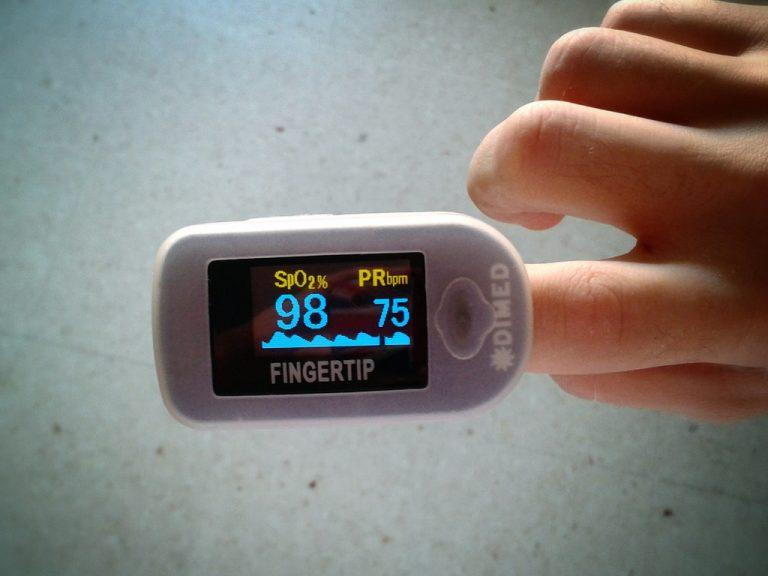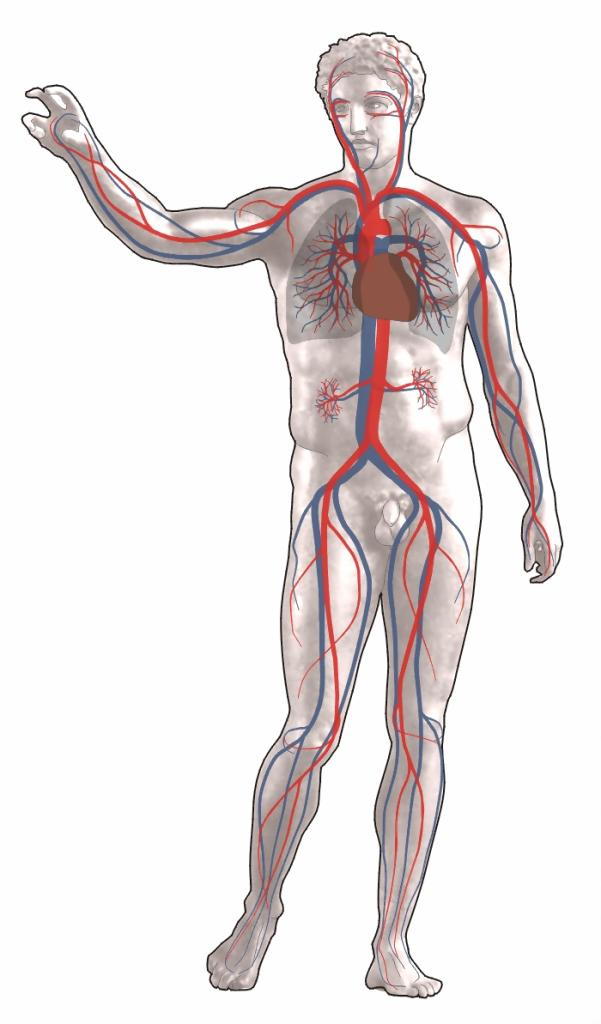What is Sp02 and why is it important?
- posted: Jun. 28, 2021
What is Sp02?
When you enter any hospital, they measure your SP02. This is a pulse oximeter and measures the amount of oxygen in your blood. SpO2 level is very important to understand health and vitality.
 SP02 monitor
SP02 monitor
When people think of checking their health, most times people understand checking weight, mobility, blood pressure, blood sugar levels. However, SpO2 levels are a key indicator of health as well.
Blood is made up of a protein called hemoglobin that transports oxygen to cells throughout the body which is needed for proper function. A pulse oximeter, or oxygen saturation monitor, uses light sensors to read levels.
When hemoglobin is saturated with oxygen the color is bright red. If less oxygen, it is darker color. Pulse oximeters monitor the amount of blood in the capillaries around the peripheral areas of the body or in thin skin using this method. The amount of oxygenation in your blood can tell you a lot about your health, that is why it is measured when entering a hospital.
Why is blood oxygenation important?
Oxygen provides energy for the entire human body. It allows cells to do their job, grow and repair. Absence of oxygen leads to death, but poor oxygenation over long periods of time has detrimental effects as well and leads to dis-ease.
Low blood oxygenation can lead to symptoms:
- Impaired vision
- Pain & Inflammation
- Fatigue
- Muscle weakness
- Short term memory issues
- Inability to focus
- Decreased circulation
Even people that are at peak levels of health, such as athletes, can benefit from monitoring their levels of oxygen in the blood.
What is a safe level of oxygen in the blood?
Optimal levels should be 95 to 100%. Any levels measuring under 90% can lead to detrimental health. This is a sign that your body is not working correctly and not getting the oxygen that it needs for systems to work efficiently.
Normal levels of SpO2 can help with:
- Better performance on endurance activities
- Improved mood, memory and focus
- Decreased pain
- Increased recovery and healing
 What are the symptoms of low blood oxygen levels?
What are the symptoms of low blood oxygen levels?
- Rapid or shallow breathing
- Unprovoked euphoria (excitement)
- Confusion and fogginess of the brain
- Dizziness, Vertigo or lightheadedness
- Vision problems
- Increased heart rate
- A bluish tint to the lips, outer ear or fingernails
Levels should not change just because of aging. Normal oxygen saturation levels in elderly are the same as the normal oxygen level for adults unless they are suffering from some sort of respiratory disease.
For patients that have a condition that affects their SpO2, it is not uncommon to see levels as low as 88%. This is dangerous because the body is now working harder and not getting its proper nutrients.
What causes blood oxygen to be low?
Diseases that impair the respiratory system cause blood oxygen to be low. These conditions occur when the body is unable to take in oxygen, it is unable to properly store it in the blood for transportation to the cells, or the cells do not take up the oxygen that is being delivered.
Conditions that may happen when blood oxygen saturation levels are low:
- Chronic obstructive pulmonary disease (COPD)
- emphysema
- Asthma
- Anemia
- Congenital heart disease
- Heart disease
- Fibromyalgia and chronic fatigue syndrome
There are also emergency and traumatic situations that cause blood oxygen levels to drop drastically and immediately. Stress highly effects your oxygen levels as well.
- Punctured lung
- Acute respiratory distress syndrome
- Allergic reactions
- Pulmonary embolism
How can we increase SpO2?
- Going outside for a walk
- Sitting in an oxygen tank
- Meditation
- Iron rich diet
- Decrease stress
- Cardiovascular workouts
One method that our office uses to help Sp02 levels is Amino Neuro Frequency Therapy (ANF).
These wearable discs can increase low levels fast! Application of discs over the heart or Vagus nerve can bring levels back up to normal. We would start by monitoring your level at the beginning of your session with us and then measure again at the end of the session.
 Dr. Amie Gregory, DC, CCEP, Holistic Chiropractor & ANF InstructorChiropractic along with Amino Neuro Frequency Therapy (ANF) can help normalize systems back to where they were working long before injuries or chronic problems surfaced.
Dr. Amie Gregory, DC, CCEP, Holistic Chiropractor & ANF InstructorChiropractic along with Amino Neuro Frequency Therapy (ANF) can help normalize systems back to where they were working long before injuries or chronic problems surfaced.
This is a therapy that allows you to regain your health and get your life back! We are located in the San Francisco mission district and Redwood City, CA.
Schedule an ANF appointment today!
References:
https://support.withings.com/hc/en-us/articles/201494667-What-does-SpO2-mean-What-is-a-normal-SpO2-level-
Location
Find us on the map - Please click desired location below
Precise Moves Chiropractic San Francisco
3150 18th Street, Suite 334
San Francisco, CA 94110, United States
24 hour Scheduling makes it easy!
(Hours may change due to doctor availability)
Hours in the mission district, San Francisco
8-12pm
Closed
3-6PM
8-12PM
3-8PM
8:00 am - 12:00 pm
Closed
